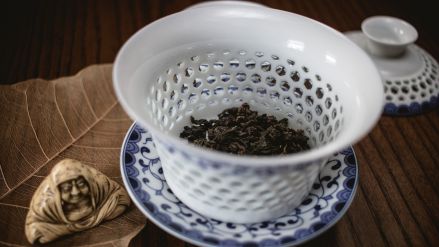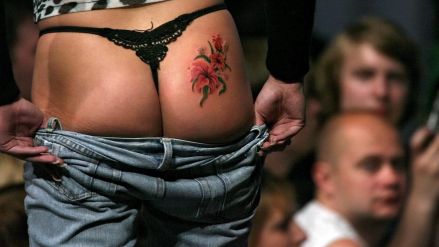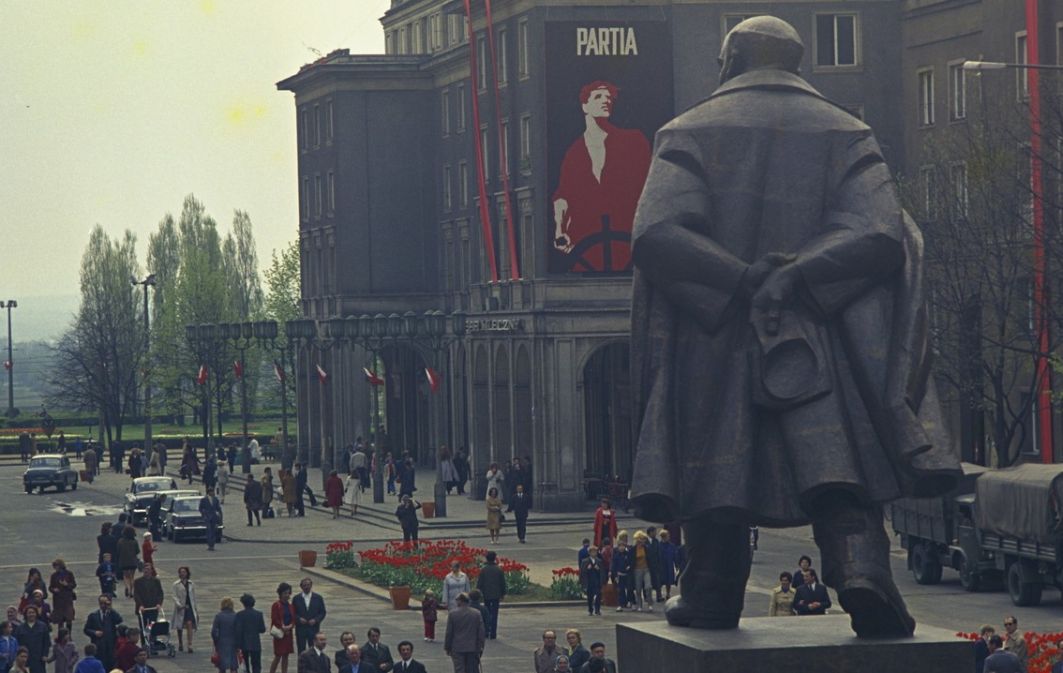We should also remember about folk costumes which are a form of message within smaller communities. From the decorative of colour and motif one can surmise if the person is a bachelor or married, rich or poor, if he has children or if the first born is a son or daughter. It’s evident in small communities that everyone know about everyone else. And so no-one who was not yet married could deck himself out in his personal symbolic frills. An unmarried woman could not cover her head which was practice that was meant for the spouse, even if she were a mother. This would be a contradictory message and may lead to possible ostracism from the rest of society.
You mentioned the bridal gown. Was it always white?
Obviously not. It was only in the 20th century that white became the wedding colour. I ask students if a bride could go to her wedding in black. They reply yes. Then I ask if they could imagine dressing like this a century ago. They say, generally no. In those times in Protestant countries and in particular where Protestants and Catholics lived together, Protestant brides went to their wedding dressed in black. In their practice it was a sign of humility, Protestant poverty. The black gown was paired with a white veil. This was the symbol of matrimony not the gown.
 SIGN UP TO OUR PAGE
SIGN UP TO OUR PAGE 
Wedding dress was often multi-coloured In folk cultures certain colours were forbidden, but could appear on wedding costume. Take the colour red for example, which could signify luck, prosperity and fertility. In ancient Rome wedding colours were orange and yellow and the bride had braided in her hair, orange blossom or lovage. The orange skin would smell of magic. In Armenia, this fashion for wedding orange and yellow also appeared. In India fiery colours on the bride symbolised not only passion but prosperity.
It was Queen Victoria who accidentally introduced white as a fashionable colour for weddings. She was not the first bride to wear white but the crowds were amazed. Future brides wanted to look like the queen on their big days. It was one of many things that Queen Victoria launched.
What other fashion innovations could we see?
Today the Victorian style can be seen in the small details such as an embroidered decoration on the cleavage. It used to be full of elegance an panache and took the form of showing off the female form. Long, sweeping gowns were the fashion, with corsets and bustles. Their shape made the figure look slender and emphasised the women’s figure. The Victorians also added decorations in the form of embroidery and hats. Black became fashionable. Costumes followed the maxim ‘the more the better’. Today this is seen as one of the most characteristic and beautiful of styles. But Queen Victoria herself was criticised for her lack of taste and sense of style. One of her innovations was the Chelsea boot for men and women. Extremely comfortable for horse riding.
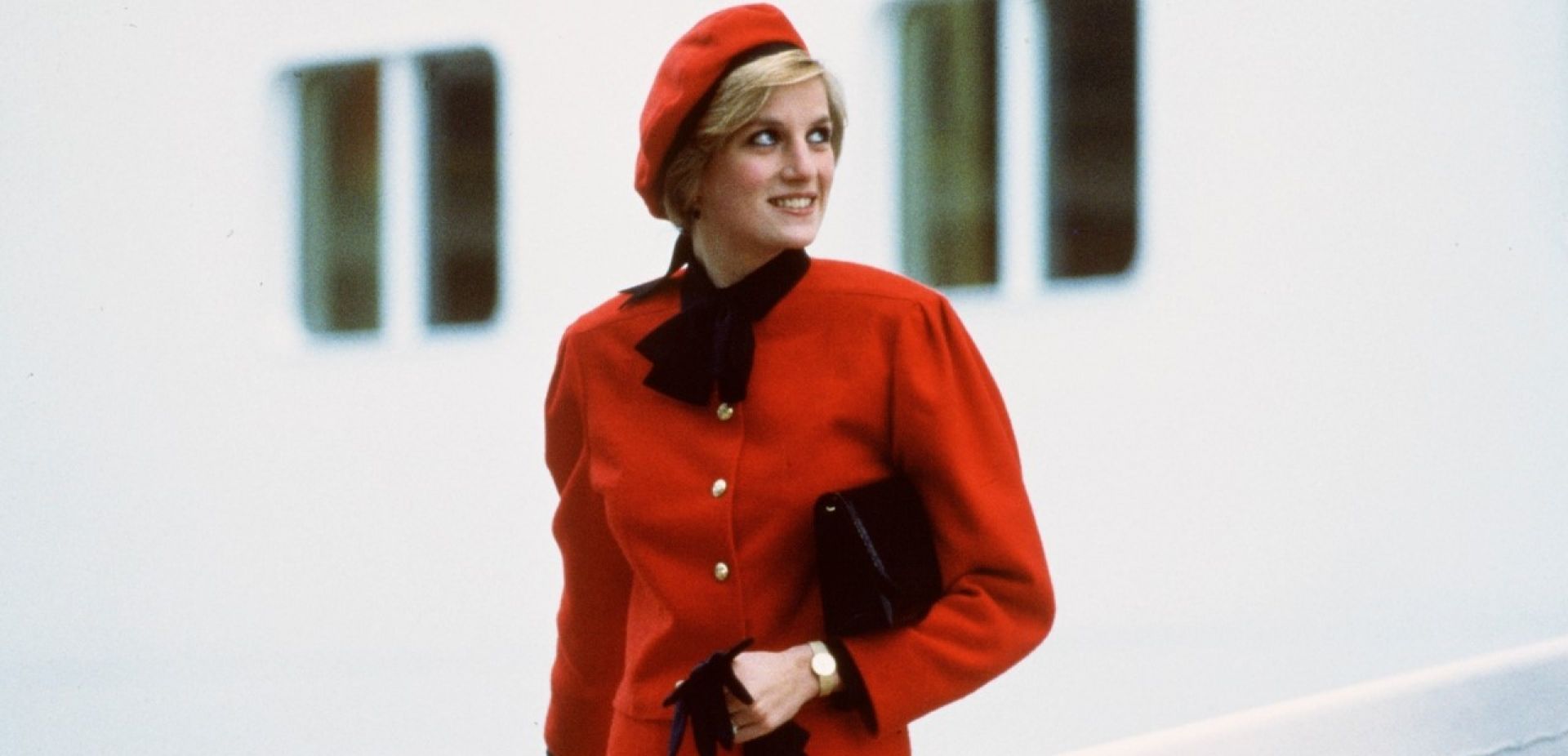
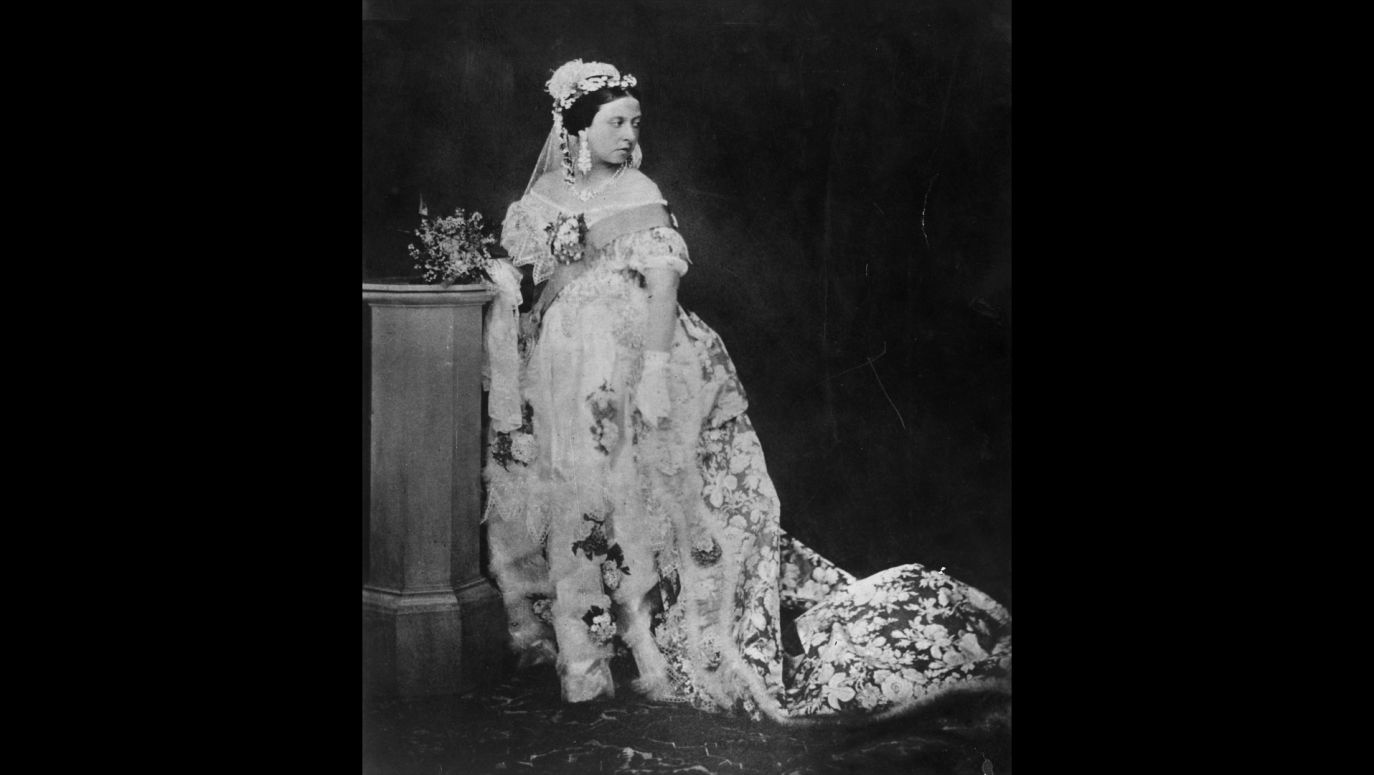
 SIGN UP TO OUR PAGE
SIGN UP TO OUR PAGE 

